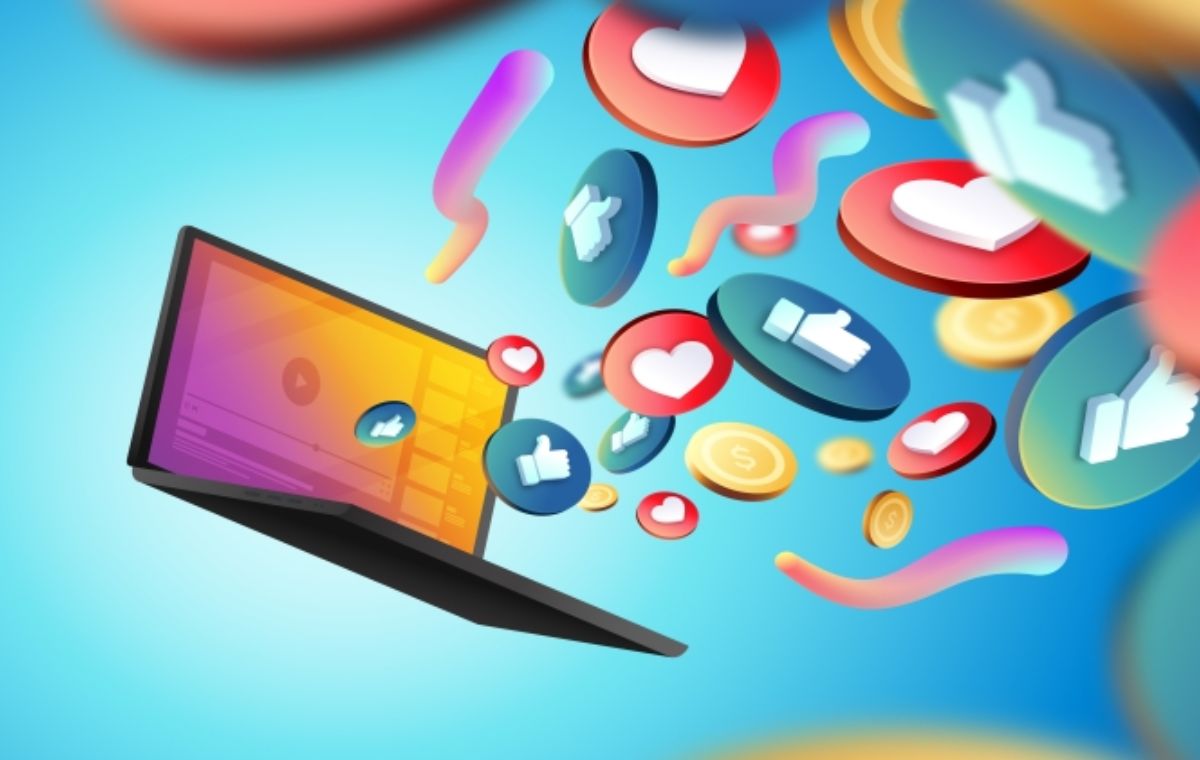Incorporating 3D product rendering into your social media and digital marketing strategies can help you show off your products in a more interesting and interactive way. By showing customers what your products look like in a realistic and detailed way, 3D product rendering can help get them more interested and improve their shopping experience as a whole. It can also save time and money by making it unnecessary to send out physical product samples. Here are some steps you can follow to do this:
Create 3D product renderings: The first step is to create high-quality 3D product renderings that accurately represent your products. You can hire a 3D artist or use 3D modeling software to create these renderings. Then, these pictures can be used for things like marketing materials, product catalogs, and e-commerce websites. Additionally, they can also be easily modified to showcase different variations of your products.
Choose the right social media sites: Not all social media sites are good for showing off 3D renderings of products. Platforms that support 3D content, such as Facebook, Instagram, and Snapchat, are great options. These platforms offer a more immersive experience for the viewers and can help businesses showcase their products in a more engaging way, leading to increased customer engagement and sales. However, it’s important to keep in mind that creating high-quality 3D content can be time-consuming and may require specialized skills or software.
Use interactive posts: To make your 3D product renderings more engaging, use interactive posts. For example, you can create a carousel post that shows different angles of the product or a 360-degree video that allows users to explore the product from all angles. Interactive posts not only make your product more engaging but also increase the chances of conversion as users can interact with the product before making a purchase decision. Moreover, these posts can be shared on various social media platforms to reach a wider audience.
Add 3D renderings of your products to your website: You can also add 3D renderings of your products to your website to improve the user experience. For example, you can use 3D product configurators that allow users to customize the product and see it in real-time. This can make people more interested and reduce the number of returns or exchanges that happen because people don’t understand what the product is. Also, you can use 3D renderings in marketing materials to show off your products in a more interesting and dynamic way.
Leverage augmented reality (AR): AR technology can help you take your 3D product renderings to the next level. You can use AR to allow users to place the product in their own environment, which can help them visualize how it would look in their space.
If you follow these steps, you’ll be able to add 3D renderings of your products to your social media and online marketing strategies and make them work. This can help you get more likes, shares, and sales. 3D renderings provide a more realistic and detailed view of your products, which can attract more potential customers. By incorporating them into your social media and online marketing strategies, you can increase engagement and drive conversions.




